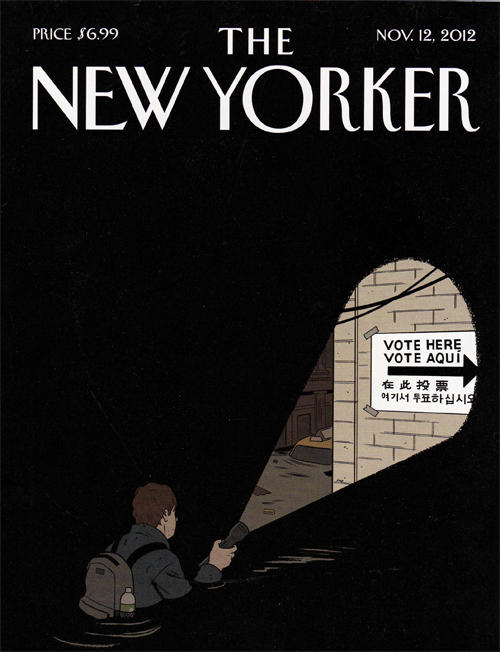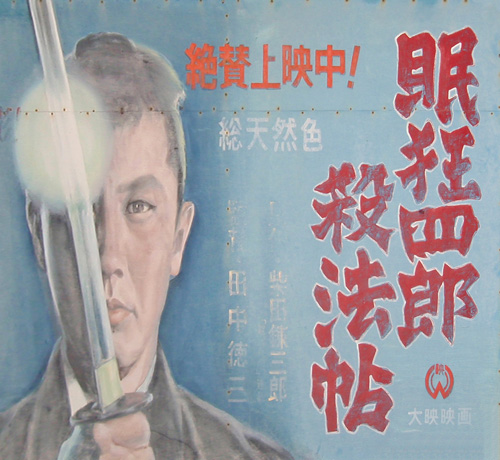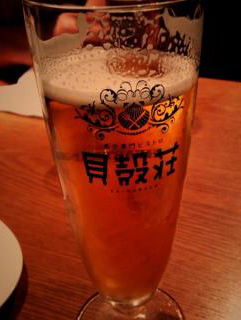79. The "Lance Shaft" Radical: 殳
The 殳 radical is also an autonomous non-Joyo kanji that means "pike." Not "pike" as in gymnastics and not a fish but rather a long weapon consisting of a pole with a pointed head. What a dangerous, violent meaning for something that looks so cute, small, and symmetrical!
I should point out that Henshall does not seem to equate the 殳 shape with that weapon. Rather, in analyzing the old shape of 声 (153), which was 聲, he says that the 殳 on the upper right represents a "hand" (又) holding an "ax" (几). In several of the etymologies that you'll see below, he defines 殳 as "strike" or "weapon in hand." Perhaps that weapon is a long-handled spear, or maybe he's just referring to a short-handled ax. I can't tell.
Kanjigen agrees that the 又 in 殳 stands for “hand. The 几 above it meant "erected wing" and contributed sound, says Kanjigen. Thus, 殳 refers to "making something stand upright," as well as "doing something by hand."
Here's what 殳 looked like in seal script:

The dangerous-looking part on the bottom is merely a "hand"!
Pikes and Long-Handled Spears
Wikipedia images show just how long and unwieldy pikes were, but all the images pertain to Europe. As for the Asian use of these spears, I have found only Chinese images here and there and not quite everywhere. That makes sense; the 殳 shape comes from the same country that developed the weapon. At any rate, I've seen enough to conclude that I would not want to contend with someone carrying a 殳!
As most (but not all) dictionaries indicate, the autonomous 殳 kanji can have the yomi of ほこ. Sources such as Kanjigen describe this weapon as a long-handled Chinese spear. As you'll see in essay 1843 on 矛, that kanji also has the yomi of ほこ and means "long-handled Chinese spear." However, they did have one key difference; whereas the 矛 had a double-edged blade, the 殳 appears to have had no blade at all. Instead, it culminated in a pointed tip.
Now, why would the Japanese have had similar words for "long-handled Chinese spear"? It's hard to know for sure, but I imagine that this is what happened: The Japanese originally called spears ほこ. The ancient Chinese developed several kinds of spears. When the Japanese imported kanji, they called all spears ほこ, regardless of their differences. As you'll see below, there was yet another kind of spear called a ほこ!
A Major Media Appearance for Our Radical!
I was thrilled to find our 殳 radical on the cover of the New Yorker!

This issue came out on November 12, 2012. The image relates to the elections held right after Superstorm Sandy caused serious flooding and widespread power outages in the New York area.
The characters are actually meant to form Chinese words:
在此 (here)
投票 (voting)
That makes sense as a translation of "Vote Here"!
These characters also exist in Japanese. Except for 此, all are in the Joyo set. Our radical appears in 投 (357: to throw), in which 殳 is just a component.
In Japanese, 投票 (とうひょう) means "ballot," as well as "voting."
English Names of the 殳 Radical
The four-stroke 殳 radical, which has no variants, goes by the following names in English: "lance shaft," and "windy again." The second one is puzzling. The bottom component, 又, means "again," but "windy"?
It turns out that 几 (which is an autonomous non-Joyo kanji meaning "table") is a radical in its own right. It's radical 16, the "table" radical, and the variant form looks exactly like the enclosure in 風 (wind)—hence the name. Meanwhile, 風 happens to be not only a full kanji but also radical 182, the "wind" radical!
Japanese Names of the 殳 Radical
In Japanese, the 殳 radical primarily goes by the name ほこづくり. As you know, ほこ means "long-handled Chinese spear." Meanwhile, つくり (voiced in ほこづくり) means "the right side of a kanji." (For more on that, see "Radical Positions" in Radical Terms.) That's accurate in the case of 殳; as an on-duty radical in both Joyo and non-Joyo kanji, it appears on the right side. When 殳 is just a component, however, it can drift up to the right.
With the term ほこづくり, we can distinguish between the 殳 radical and two other radicals whose names also involve ほこ and "spear":
Radical 62: 戈 (かのほこ: the "tasseled spear" radical)
Radical 110: 矛 (むのほこ: the "spear" radical)
People also refer to 殳 as るまた because 几 resembles the katakana ル (if you draw a horizontal stroke across the top), whereas the yomi of 又 is また. Well, るまた certainly avoids all the ほこ confusion, but we won't use it here.
Joyo Kanji with 殳 as the On-Duty Radical
Our star radical, 殳, is on duty in six Joyo kanji. Let's look at its role in each one.
殺 (488: to kill, murder)
The right side means "strike" or "weapon in hand," says Henshall. The left side originally represented "pig" and had a different shape. So this kanji initially meant "to kill a pig," then came to mean "to kill" in general.

Photo Credit: Eve Kushner
In this poster for a 1963 movie, our star radical appears in 殺, which is at the top of the left red column in this word:
殺法帖 (さっぽうちょう: notebook of deadly moves)
The final kanji is non-Joyo. This word is actually part of the movie title. The right column contains the first part of that title:
眠狂四郎 (ねむり きょうしろう)
This is the name of a character, who is a swordsman. For more about this poster, see essay 1936 on 郎 (male name suffix).
段 (931: step, stair)
The right side again means "strike" or "weapon in hand." The rest of the etymology is disputed and roundabout, says Henshall.
殴 (1035: to beat, hit)
The right side once again means "strike" or "weapon in hand," says Henshall. The left side, which used to look different, means "ward" but acts phonetically here to express "beat." The left side might even suggest through its オー sound the groans and wails of someone being beaten! Oh!
Photo Credit: Eve Kushner
This way up with 階段 (かいだん: stairs). The sign hangs inside Nagoya Castle.
殻 (1075: shell; remnant; husk; cinder, ash; crust)
The shape of this kanji has changed significantly over time, according to Henshall in his newer edition. Originally, the right side represented a "hand holding a stick," then came to mean "strike" in this context. That's a reference to hitting the hard, empty vessel that the left side symbolizes, whether that be a shell, horn, bell, or another musical instrument.
殿 (1632: palace)
Although the shape of the kanji has changed, the right side does mean "strike," says Henshall. The former shape of the left side apparently meant "buttocks" and also contributed sound to this kanji. The sound was once TON. Thus, says Henshall, we can interpret this kanji as "to strike someone on the buttocks with a TON sound"! He notes that "palace" is a borrowed meaning. Quite a leap from "beating someone's buttocks" to "palace"!
毀 (1954: to destroy; damage; break)
According to Henshall in his newer edition, 毀 consists of 土 (earth) or 壬 (person atop mound of earth) + a simplified form of 毇 (pound rice). Together these components represent "to destroy." Therefore, it's not just the 殳 but also the part on the upper left that matters here.

Photo Credit: Saori Shiraishi
Our radical pops up in 殻 (1075: shell). The word on the glass, 貝殻荘 (かいがらそう), is the name of a seafood restaurant on Kagurazaka Street in Tokyo.
A Mere Component
Aside from 投 (which we've already examined), 殳 functions as a mere component in the following Joyo kanji:
役 (397: service)
設 (731: to set up)
穀 (866: cereal, grain)
疫 (1019: epidemic; disease)
撃 (1209: to strike (militarily))
鍛 (1569: to train; forge)
般 (1714: sort, kind)
搬 (1716: to carry)
盤 (1723: disk, board)
没 (1823: sinking; immersion; disappearing; dying; lack)
股 (2004: crotch; thigh; fork (in tree, road, river, etc.))
As we've seen, that may be good enough to land a character on the cover of a prestigious magazine!
